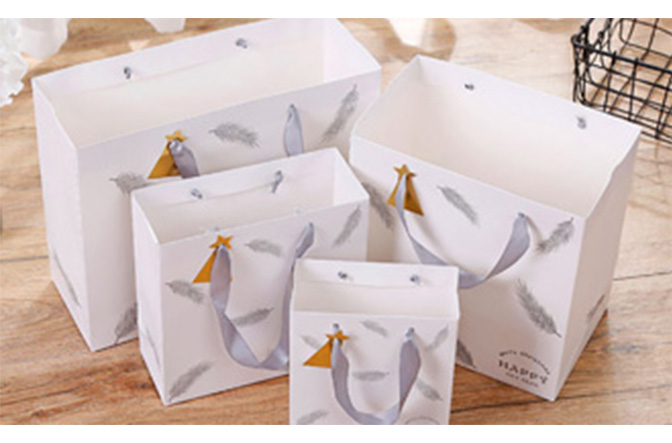Maintaining delicate finishes, attaining millimeter-perfect alignment, and accommodating custom designs are some of the particular difficulties faced by high-end handbag manufacturers. These demands are met by sheet-fed paper bag machines, particularly square-bottom models, which have basic engineering advantages. Let's look at the technical factors that contribute to their dominance in high-end packaging.
1. The Physics of Accurate Material Management
Preservation of Material Integrity
Roll-fed systems put substrates under constant tension, which increases the chance of deforming delicate coatings and heavyweight papers (300–400 GSM).Longitudinal stress is eliminated by sheet-fed machines, which work on discrete sheet principles. This makes it possible to process:
Papers that are embossed or foil-stamped
Recycled fiber boards with a maximum thickness of 0.7 mm
Surfaces that are UV-varnished
According to independent research, when handling textured stocks, sheet-fed systems reduce material defects by 27% when compared to roll-fed alternatives.
Science of Optical Registration
Print-to-cut alignment for luxury packaging must be within a tolerance of ±0.2mm. This is accomplished by contemporary sheet-fed square bottom paper bag machines:
1. CCD camera systems that track registration marks at 200 frames per second
2. Adjustable servo motors in real time (response time: 0.05 sec)
3. Stability is maintained by vibration-dampening frames at 120 cycles per minute.
Even with intricate geometric patterns that are frequently found in designer packaging, this accuracy avoids misalignment.
2. Modular Engineering for Customization
Flexibility in Kinematics
Accurate multidirectional folding forces are necessary for the formation of square-bottom bags. With the use of interchangeable tooling modules, sheet-fed machines can:
Non-standard base geometries (hexagonal or trapezoidal)
Different techniques for attaching handles (twisted, ribbon, and flat paper)
Adjustments to the adhesive application on the fly
Instant substrate changes are made possible by the lack of ongoing web constraints, which is essential for limited edition runs that need distinct paper stocks for each batch.
Versatility of Surface Finish
In contrast to roll-fed systems that need pre-coated materials, sheet-fed technology allows for inline enhancement, such as:
Hybrid printing, which applies water-based and UV inks simultaneously
Selective spot lamination
Micro-embossing (depth of up to 50μm)
Transfer of cold foil
This allows for 100% finish consistency across small batches while doing away with secondary processing steps.

3. Sustainability and Operational Thermodynamics
The Mechanics of Energy Efficiency
Compared to continuous systems, sheet-fed machines use 32-40% less energy because
Operation is sporadic (no idle roller friction).
Applying glue as needed (targeted thermal control)
Regenerative servo drives that recover energy from braking
Compared to traditional alternatives, independent lifecycle assessments verify an 18.7-ton CO₂ reduction per machine over ten years.
Compatibility with Material Science
High-end handbag manufacturers are increasingly defining:
Papers with recycled content (70–100% post-consumer fiber)
Barrier coatings that can be composted; inks made from soy or vegetables
These materials are specifically accommodated by sheet-fed systems because: - Reduced web tension prevents fiber separation.
Reduced processing temperatures that protect bio-coatings
Accurate application reduces the need for adhesive and ink.
Artisanal Demand is Met by Engineering Excellence
Packaging limitations are turned into competitive advantages by sheet-fed square bottom paper bag machines through:
1) Material preservation based on physics
2) Freedom of kinematic customization
3) Inherent alignment with sustainability
These systems give luxury handbag manufacturers the precise balance between artistic flexibility and precision engineering needed for premium branding.